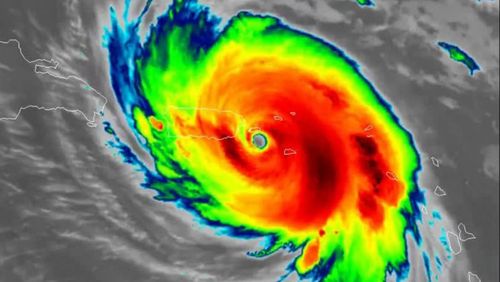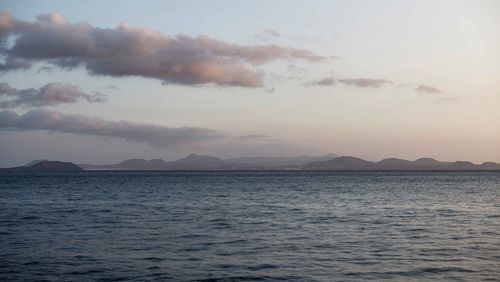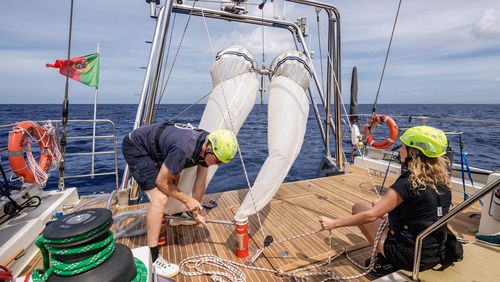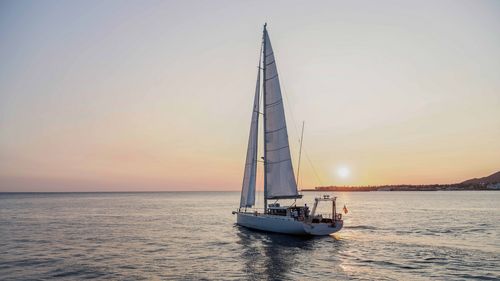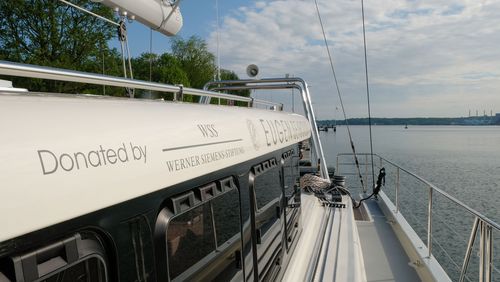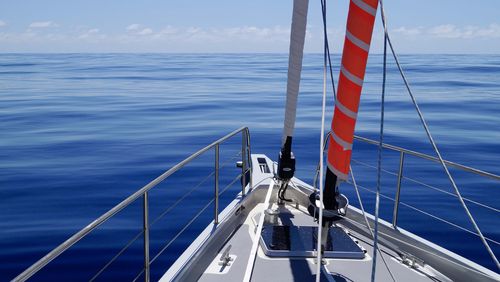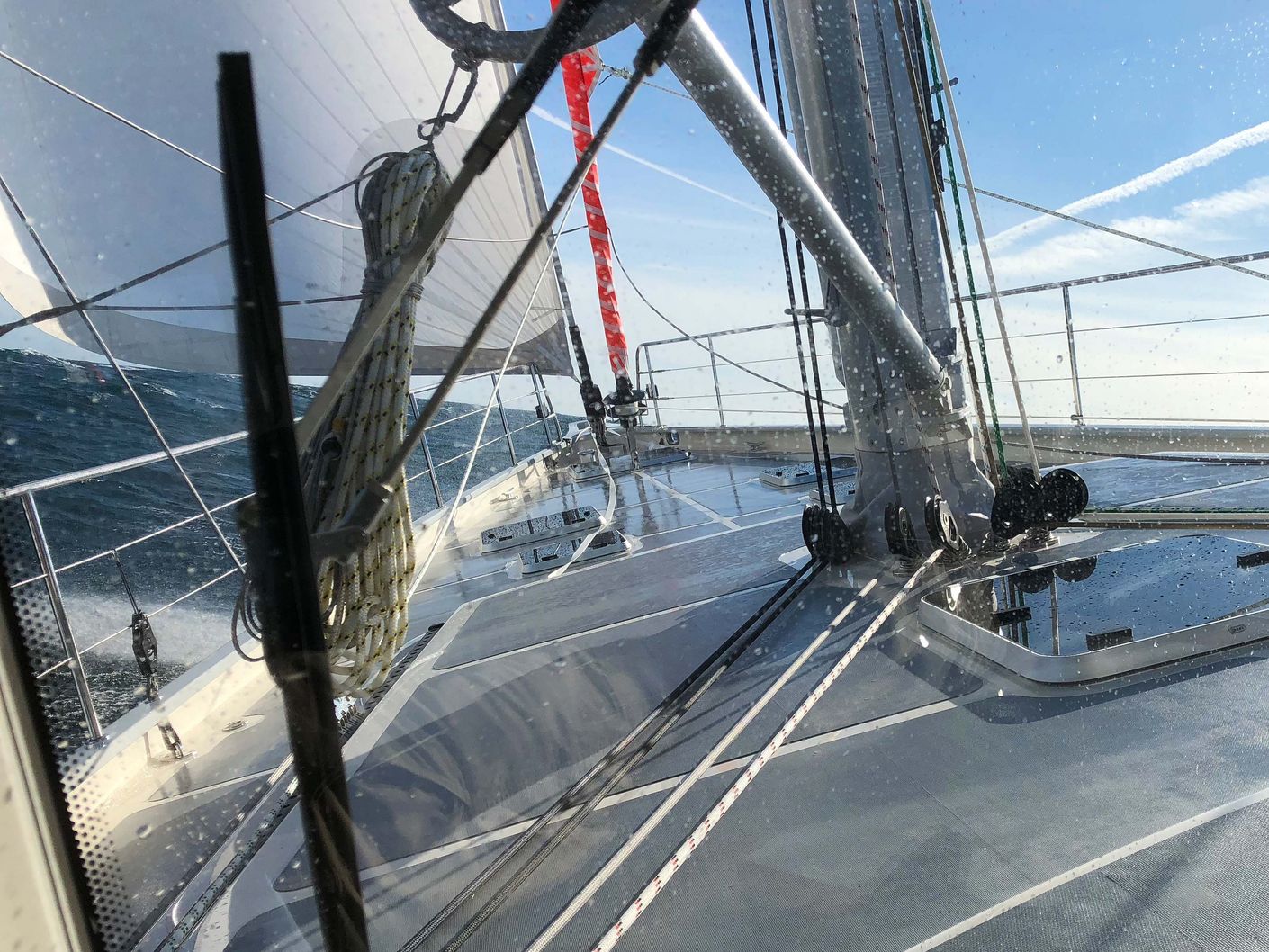
The Seibold sets sail
Fortune favours the bold. Which is why the innovative idea of literally testing the ocean waters on a light, eco-friendly sailing yacht has become reality: the Eugen Seibold—a sailing research lab—was built in just four years, thanks to generous funding from the Werner Siemens Foundation. At the end of 2018, the extraordinary vessel embarked on its maiden voyage.
For a brief time, the sailing yacht Eugen Seibold was the property of the Werner Siemens Foundation. Then, on 20 August 2018, in international waters off the coast of Norway, the Foundation transferred ownership of the research vessel to the Eugen Seibold Foundation, which was established expressly for the purpose of operating the ship. The architect of the world’s greenest research vessel, Professor Gerald Haug, is brimming with enthusiasm about the first, rather stormy voyage, which led from the German city of Greifswald, up to Kristiansand in Norway and then back to Germany and the harbour in Bremerhaven. “The test run with winds of up to nine Beaufort was fantastic. The vessel proved truly seaworthy.”
Measurement tools installed
After the test run, the Eugen Seibold remained docked in Bremerhaven until mid-October. While in harbour, all technical systems necessary for marine research were installed: the multisensor to register the physical, chemical and biological properties of the ocean’s waters (pH, temperature, salinity, chlorophyll etc.); the mass spectrometer to analyse oxygen and carbon isotopes or to measure oxygen/argon; the flow cytometer to quantify the cells of microorganisms such as picoplankton, algae and bacteria; the “air vacuum cleaner” to analyse the air’s chemical make-up and particles; computers to conduct an initial analysis of the data collected; and modern satellite communications technology.
From the Canary Islands to Cape Verde
In November, it was all hands on deck and hoist the sails! The Eugen Seibold embarked on its maiden research voyage, and the six-person crew set course for the first destination: the Canary Islands. To be sure, the home port was chosen less for its beautiful beaches than for its good infrastructure. The harbour at Lanzarote has a 100-ton crane that can raise ships out of the water for repairs, and there are hotels and restaurants as well as a hospital should one of the crew become seasick. In addition to the experienced skipper and first mate, there are researchers, doctoral students and postdoctoral researchers on board, all of whom will hopefully keep their sea legs even when the waters are uneasy.
How healthy are the seas today?
Over the next several years, the Eugen Seibold will be conducting research on various zones of the world’s oceans. By summer 2019, the goal is to have tested the tropical ocean waters south of the Cape Verde archipelago up to the sea ice edge north of Iceland. While underway, the team on the world’s greenest research vessel will collect a comprehensive range of samples from the different marine regions of all climate zones. They also plan to study the next large El Niño in the Tropical Eastern Pacific. With the help of the data collected, the current condition of the oceans—in the age of global warming—can be scientifically documented, and a pattern of how the ocean has changed over the course of time can be charted.
Of global consequence
The Werner Siemens Foundation financed the construction of the research vessel Eugen Seibold. Operating the ship and interpreting data lie in the responsibility of the Max Planck Institute for Chemistry in Mainz, where Gerald Haug is director of the Department of Climate Geochemistry in addition to his professorship at the Department of Earth Sciences at ETH Zurich. Anticipation is high as to what results the marine researchers will glean over the next few years. How healthy is the largest and most important ecosystem on our blue planet? The answer is naturally of vital importance to us land dwellers.
Text: Brigitt Blöchlinger
Photo: Lorenzo Argento
